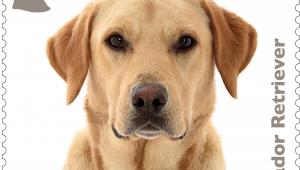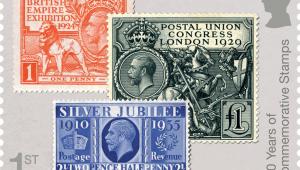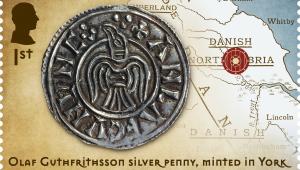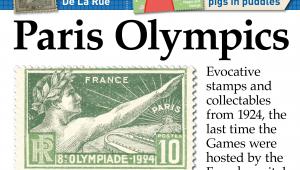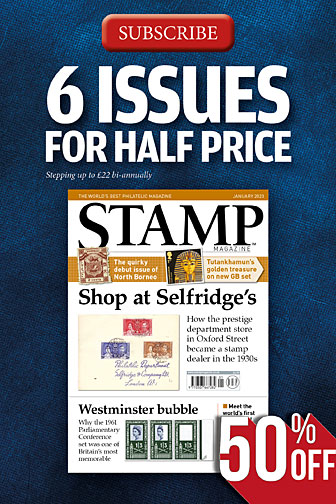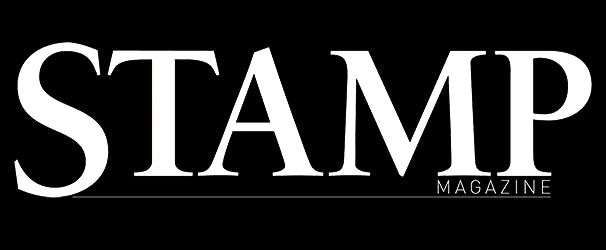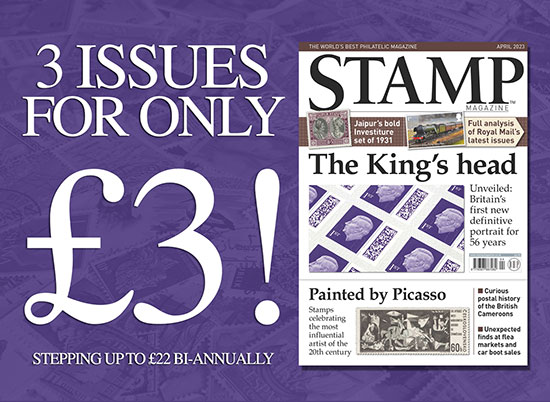The first British commemoratives
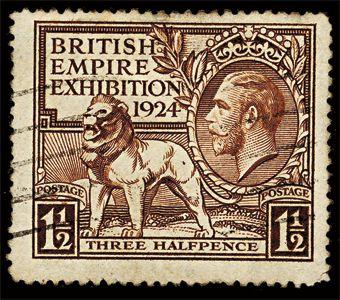
In the early planning for the British Empire Exhibition, a strong case was made that the only special issue should be postal stationery.
This widely-held view was stated in Stanley Gibbons' Monthly Journal, urging the authorities to: ‘avoid sullying the record of our country as one of the few which has issued stamps for purely postal purposes only’.
After the intention to issue stamps had been announced, the critical rumble went on.
Eight artists were invited to send in designs for Wembley stamps, and five of them obliged.
The successful artwork was by Harold Nelson – an outstanding artist who later designed the 1929 Postal Union Congress £1 black.
Nelson had become involved with the exhibition long before the decision was taken to use his stamp design. At a very early stage, the Wembley Exhibition Company had adopted his stylised lion as the exhibition emblem to be used in the advance publicity.
The two main elements of Nelson’s stamp design were the monarch’s head and a lion. There were two denominations: a 1d scarlet for inland destinations, and a three-halfpenny brown for use to overseas addresses. The engraving and recess-printing were entrusted to the experienced firm of Waterlow & Sons.
Each sheet contained 120 stamps and was divided into two equal panes.
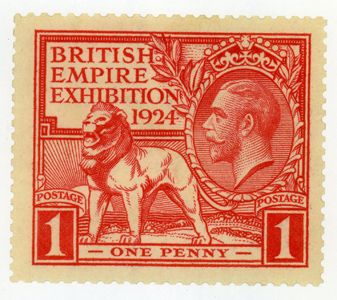
The 1d red
At first sales of the stamps were at first decidedly slow, but after about a month interest and demand grew so rapidly, the sales policy was liberalised. From July 1 it became possible to obtain the stamps through the post by order to the exhibition post offices.
When the exhibition’s first season closed on November 1, the two post offices remained open, and the 1924 stamps continued to be sold there almost to the end of 1925. Total sales of the 1924 stamps exceeded 13,000,000. Thus they are fairly common and inexpensive today.
But it is a very different matter for first day covers – they now fetch £200 or more and represent rather a good investment for 2 1/2d spent on April 23, 1924!
The 1924 exhibition was such a success that a decision was taken to re-open it for 1925.
So on May 9, 1925, the gates swung open again, and two new commemorative stamps were issued. There was no new design.
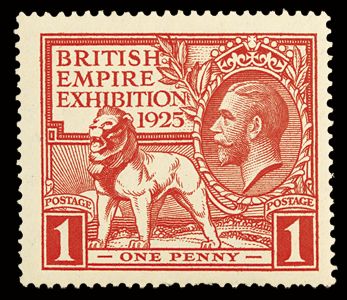
The altered stamps for 1925


